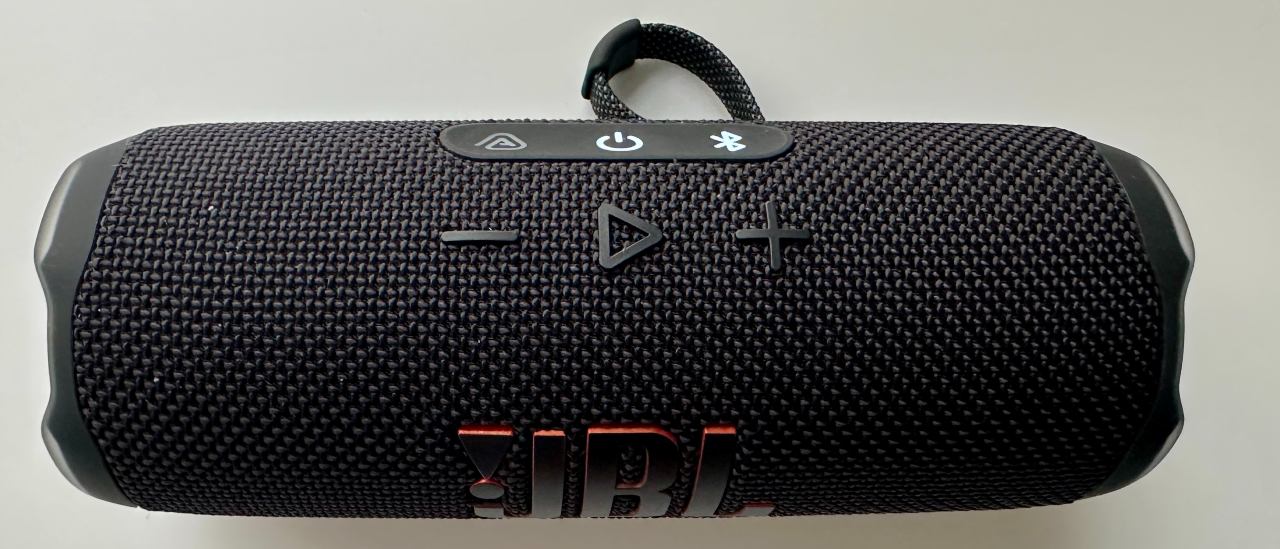TechRadar Verdict
The temptation with the JBL Flip 7, of course, is to write ‘seventh heaven’ or something like that, but even though it's a divine performer, I will have to at least try and resist… This is not a small upgrade – it makes a clear case for itself over the JBL Flip 6, even though the older model will be available for cheaper now. It sounds excellent, it's full of good features, and it's great value.
Pros
- +
Punchy, detail and full-scale sound
- +
Great battery life is part of a good feature-set
- +
Hardy, tactile build quality
Cons
- -
Could charge more quickly
- -
Doesn’t pair with previous Flips
Why you can trust TechRadar
JBL Flip 7: Two-minute review
Meet the news boss, handily better than the old boss and even more of a class-leader than before. JBL has not rested on its laurels with the Flip 7, the latest version of its all-conquering portable Bluetooth speaker series, and the result is an obvious front-runner that will leave its nominal rivals gasping.
You get plenty of power (35 watts, in fact) to motor its two-driver speaker array. You get 14 hours of playback (16 if you’re happy to do without some low-frequency presence). You get Auracast compatibility and the chance to listen to genuinely hi-res content if you hard-wire the Flip 7 to an appropriate source via its USB-C socket. You get access to a good control app, the ability to form a stereo pair with another JBL Flip 7, and your choice of quite a few vibrant finishes.
What’s almost best is the sound the JBL makes. By the standards of small-ish portable speakers, it’s an open and detailed listen, punchy but controlled at the bottom end, has impressive dynamic headroom and the sort of clarity and positivity that eludes all but the very best Bluetooth speakers at anything like this price.
Best of all, though, is the fact that all of this talent, tactility and robustness is yours for $149 / £129 / AU$179. There isn’t as complete an alternative available for anything like as aggressive a price as this.
JBL Flip 7 review: Price and release date
- Released March, 2025
- Officially priced at $149 / £129 / AU$179
The JBL Flip 7 went on sale during March 2025, and in the United States it costs $149. That translates to £129 in the United Kingdom, and around AU$179 in Australia.
That the majority of its most obvious competitors have been directly inspired by previous Flip models is neither here nor there – class-leaders are there to be shot at, and this seventh generation of Flip has a lot to live up to as well as some good alternatives to deal with.
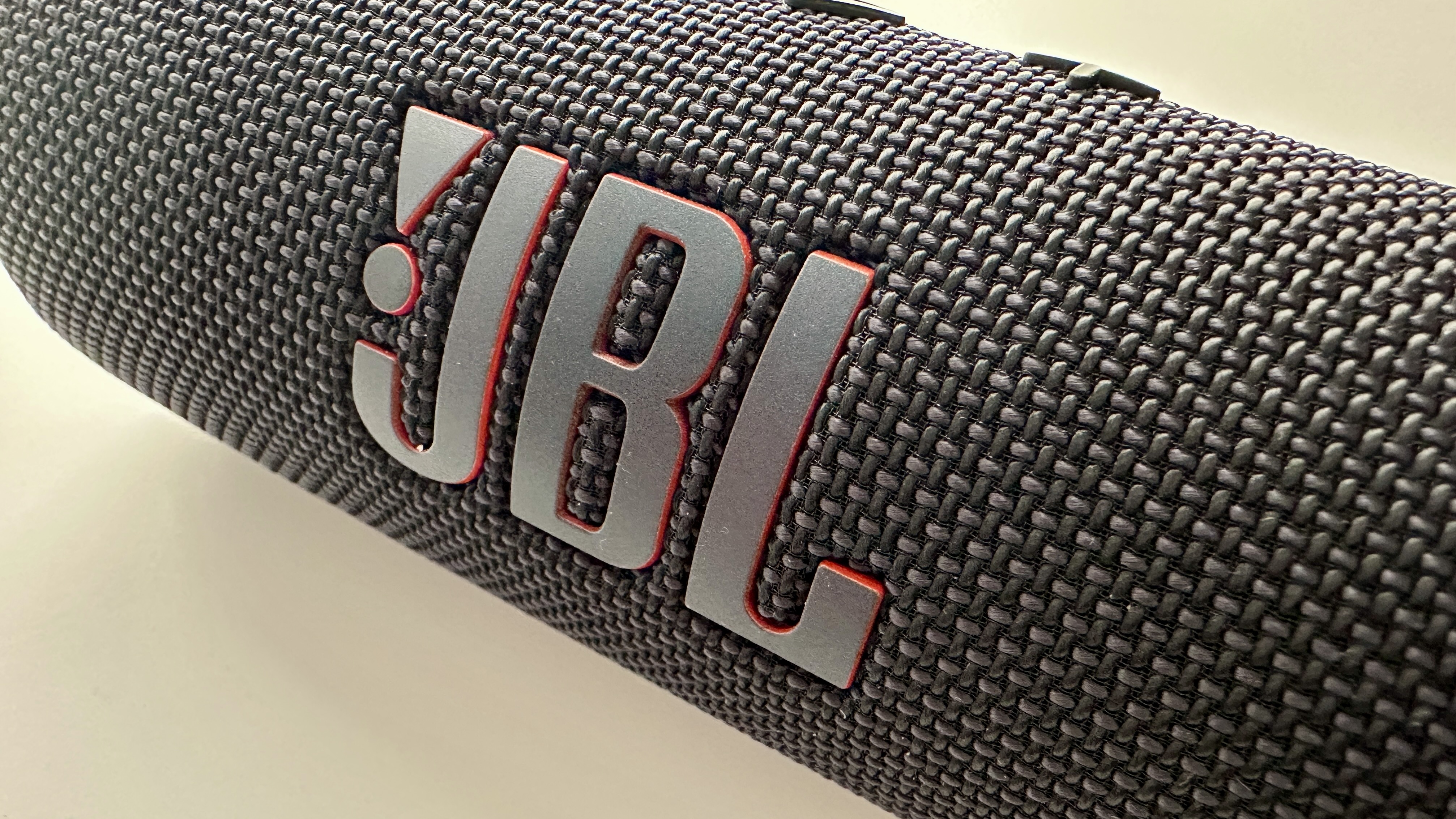
JBL Flip 7 review: Specs
Weight: | 560g |
Dimensions: | 70mm (H) x 183mm (W) x 72 mm (D) |
Battery life (quoted): | Up to 16 hours |
Connectivity: | Bluetooth 5.4 with SBC and AAC codecs |
Drivers: | 45 x 80mm mid/bass 'racetrack' driver, 16mm tweeter |
Aux-in: | No (USB-C audio passthrough) |
Charger port: | USB-C |
Microphone: | No |
Waterproof rating: | IP68 |
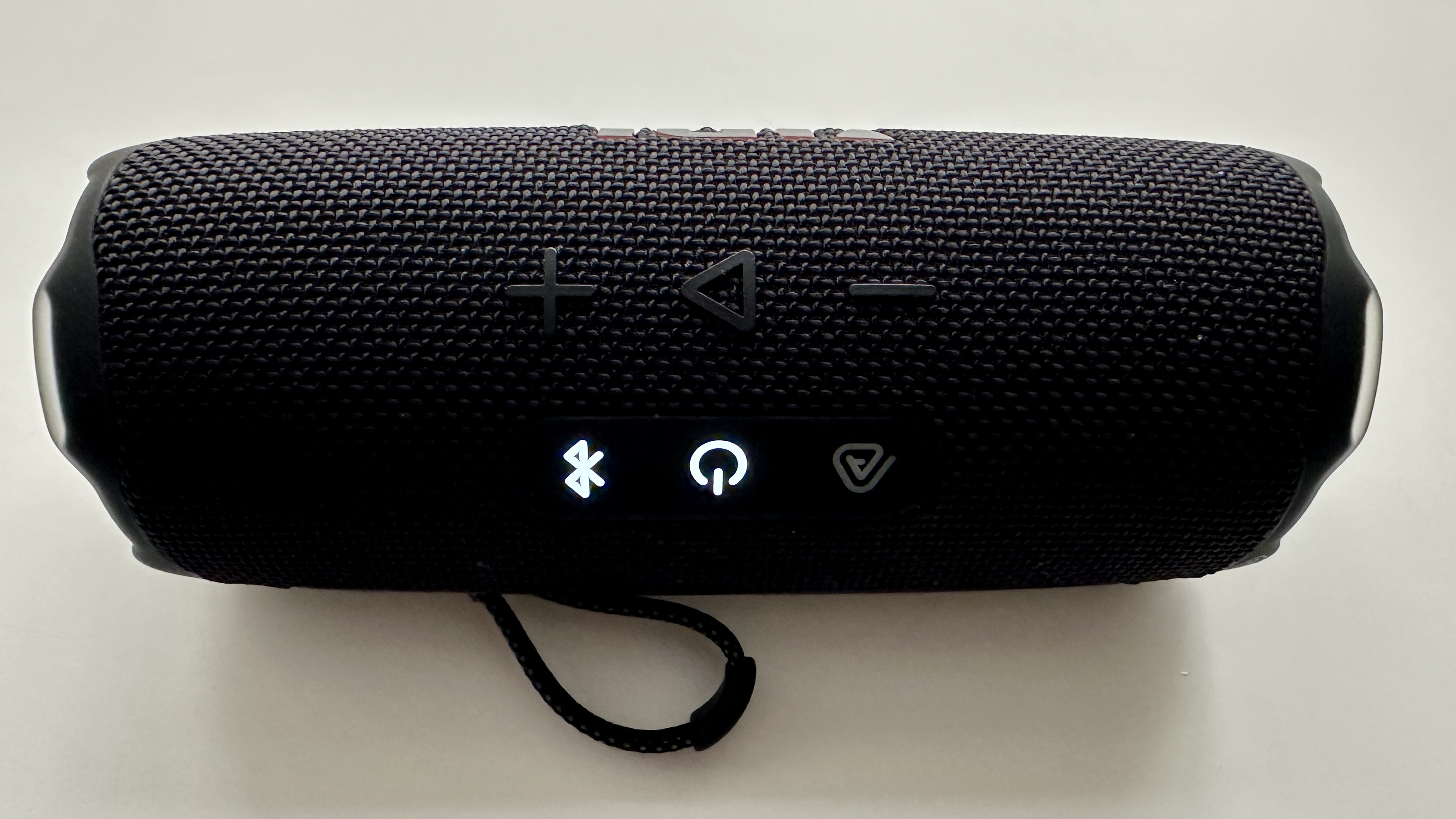
JBL Flip 7 review: Features
- 45 x 80mm mid/bass driver, 16mm tweeter
- Bluetooth 5.4
- 60Hz - 20kHz frequency response
For wireless connectivity, the Flip 7 uses top-of-the-shop Bluetooth 5.4 – it’s compatible with SBC and AAC codecs, which is not anyone’s idea of ‘top-of-the-shop’ but in the context of the product is perfectly adequate.
Sign up for breaking news, reviews, opinion, top tech deals, and more.
For the first time, here’s a JBL Flip that can be hard-wired to a source of music. The USB-C socket is used for charging the speaker’s battery, of course, but it can also be used for data transfer and, when connected to an appropriate source, it’s able to churn out genuinely high-resolution (24bit/96kHz) stuff. Just hold down the big, bold ‘play’ button on the speaker as you plug in your USB-C cable and you’ll be ready to go.
No matter your method of getting content on board, it’s delivered to your ears by a 45 x 80mm ‘racetrack’ driver taking care of midrange and bass, and a 16mm tweeter for the higher frequencies. The big driver gets 25 watts of power in order to do its thing, and the tweeter another 10 - and there’s no denying that a 35 watt output in a product of this size is plenty. It’s an arrangement that JBL reckons is good for a frequency response of 60Hz - 20kHz.
Another Flip first is Auracast compatibility. So, as well as being able to form a stereo pair with a second Flip 7 (albeit none of the previous models), you can hook up as many Auracast-enabled products as you like into a single entity for simultaneous playback.
Meanwhile, JBL’s proprietary ‘AI Sound Boost’ technology analyzes the music that’s playing on the fly in an effort to minimize distortion and (according to the company) liberate greater scale and bigger bass. An opposing technology is ‘PlaytimeBoost’ – it reduces low-frequency activity in an effort to eke out additional battery life.
- Features score: 5/5
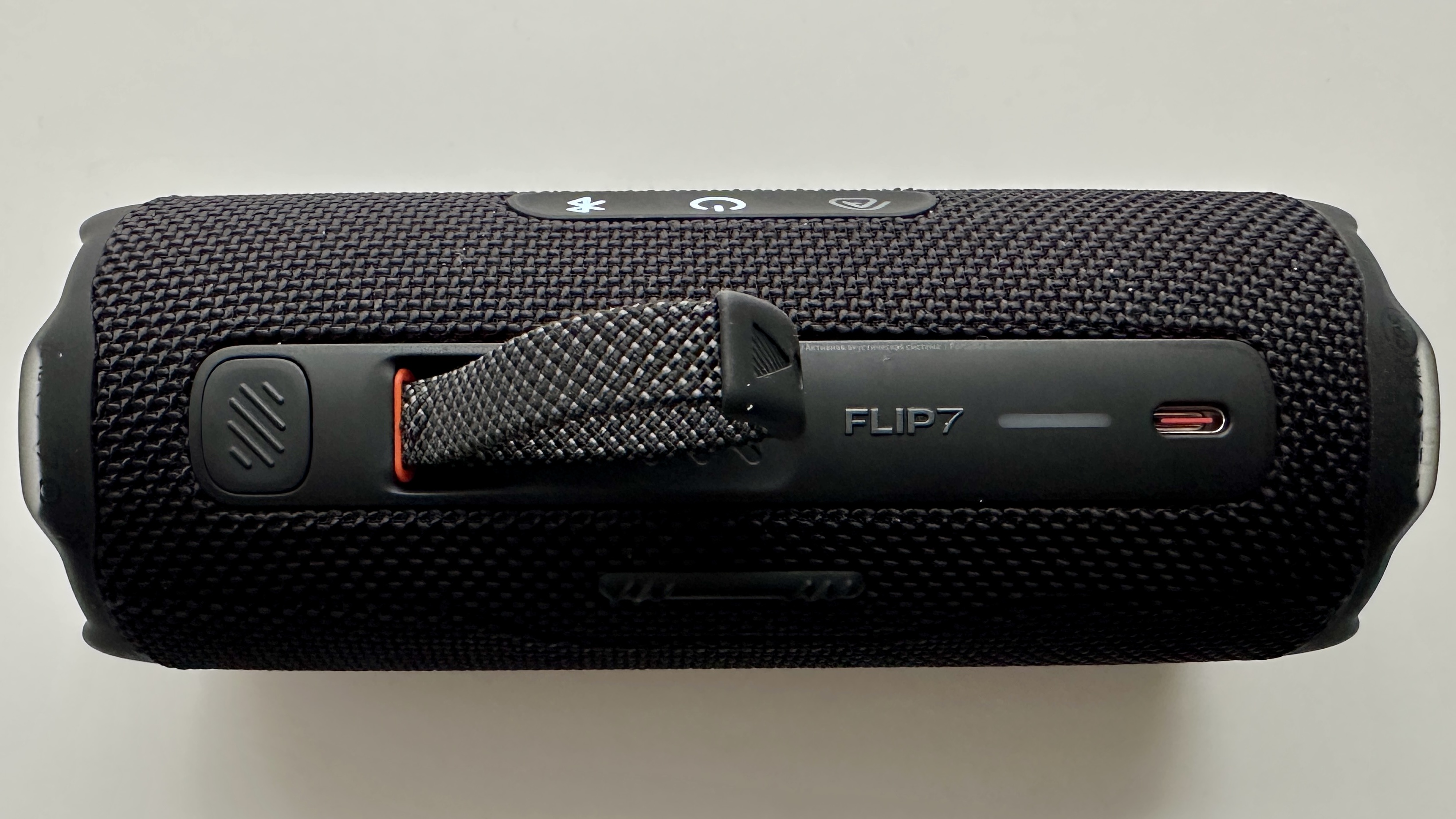
JBL Flip 7 review: Design
- Choice of seven finishes
- IP68 -rated
- Carry strap and carabiner
‘Rugged’ isn’t too strong a word to describe the Flip 7's design. Anyone familiar with previous Flips will recognize the almost-cylindrical shape, the eminently grabbable 70 x 183 x 72mm (HxWxD) dimensions and the rubber’n’fabric construction. By the standards of affordable portable Bluetooth speakers, the Flip 7 looks and feels built to last, especially if you choose the camouflage (or ‘squad’) finish. That said, the other six available colours are all nice enough in their own way and you’ll certainly find something to suit you.
‘Rugged’ is definitely the word to describe this speaker’s durability, though. An IP68 rating is class-leading, and means the Flip 7 is basically immune to dust or moisture unless you really go out of your way to try and disprove that idea. The beach, the pool, the festival… none of these environments should present any kind of problem to the JBL. And the company has enhanced the Flip 7’s portable go-anywhere credentials by fitting a little detachable fabric carry-strap and providing a carabiner in the packaging.
Build quality is great, the choice of materials is judicious, and the standard of finish is beyond reproach. I like to try and find a 'yes, but…' where the design and construction of a product like this is concerned, but frankly I’ve got nothing.
- Design score: 5/5
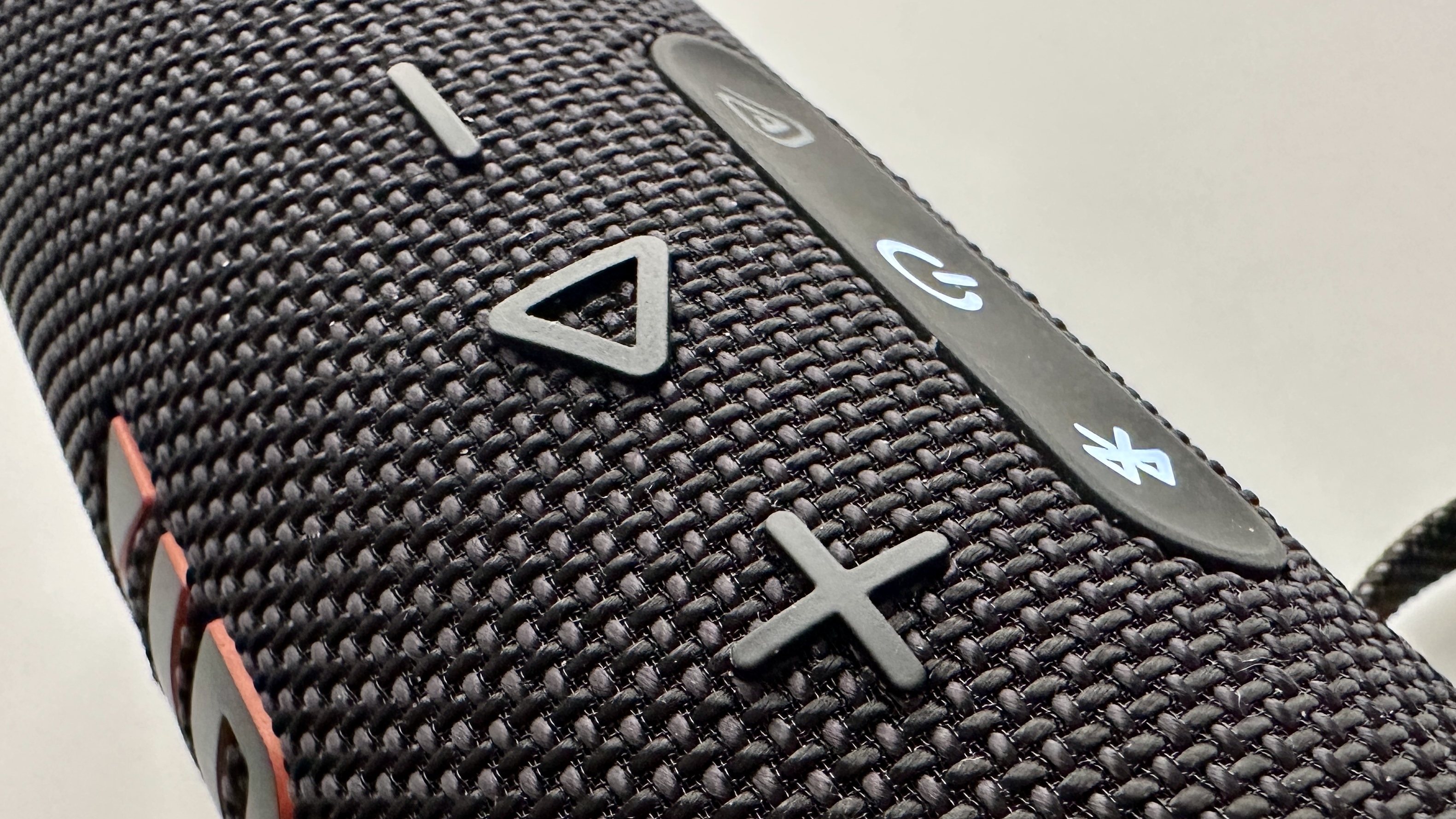
JBL Flip 7 review: Sound quality
- Detailed, direct and confident sound
- Plenty of punch and dynamic headroom
- Rhythmically adept
JBL has turned out plenty of very good portable Bluetooth speakers in its time, and its ‘Flip’ series has generally been very good indeed. So when I say the Flip 7 is the best so far, I don’t say it lightly.
In every area of sonic performance, the Flip 7 outperforms its asking price to an almost startling degree. Operating wirelessly and with a Qobuz-derived 16bit/44.1kHz file of Fugazi’s Waiting Room playing, the JBL is a confident and entertaining listen. It digs deep into the low frequencies, hits with real determination, and shapes bass sounds with such conviction that rhythms are given full expression. There’s plenty of variation at the bottom end, too, thanks to detail levels that are the equal of those higher up the frequency range.
The midrange is balanced and communicative, so a voice as idiosyncratic as Teddy Hill’s during I Just Dropped In (To See What Condition My Condition Was In) is loaded with character as well as the minutiae of his technique. It exists in a nice little pocket of space, thanks to an open and well-defined soundstage that seems to defy the physics of a small device with a couple of drivers facing dead ahead. The top of the frequency range is bright but not edgy, and just as detailed as everything going on beneath it. Overall tonality is nicely natural and consistent from top to bottom.The Fugazi tune is a good showcase for the JBL’s ability where big dynamic shifts are concerned, but Anxiety by Doechii is an even better demonstration of the speaker’s ability to deal with the more minor, but no less important, dynamics of tonal and harmonic variation. The Flip 7 is an attentive, eloquent performer with the sort of directness of sound that makes every tune seem somehow alert and alive.
Really, there’s no meaningful downside. It’s possible to interfere with the sonic balance JBL has hit upon by playing fast and loose with the seven-band EQ in the app, of course, but why would you? The Flip 7 sounds just right exactly as it comes out of the box.
- Sound quality: 5/5

JBL Flip 7 review: Usability and setup
To be fair it’s difficult to get ‘usability and setup’ wrong when it comes to affordable Bluetooth speakers, but that doesn’t mean some brands haven’t given it a good go. JBL, though, is not one of those brands and the Flip 7 can be set up and used by anyone of reading age.
Control is available using the big, rubberised buttons on the device itself – ‘play/pause’, ‘volume up/down’, ‘Bluetooth pairing’, ‘Auracast’ and ‘power on/off’ are available. The JBL ‘Portable’ app that’s free for iOS and Android is also available - and it’s as stable, as logical and as useful an app as we’ve all come to expect from the company. It offers an indication of battery life, the ability to create a stereo pair, allows you to switch ‘PlaytimeBoost’ on or off, and features a seven-band EQ as well as a selection of presets. You can check for firmware updates and wireless connect multiple speakers for what JBL is confident is “an instant party”.
Some 14 hours of battery life is not to be sniffed at, of course – it turns ‘usability’ into an all-day event. And with ‘PlaytimeBoost’ switched on, you can go for as many as 16 hours if you don’t mind a little shortfall in bass power.
- Usability and setup: 5/5
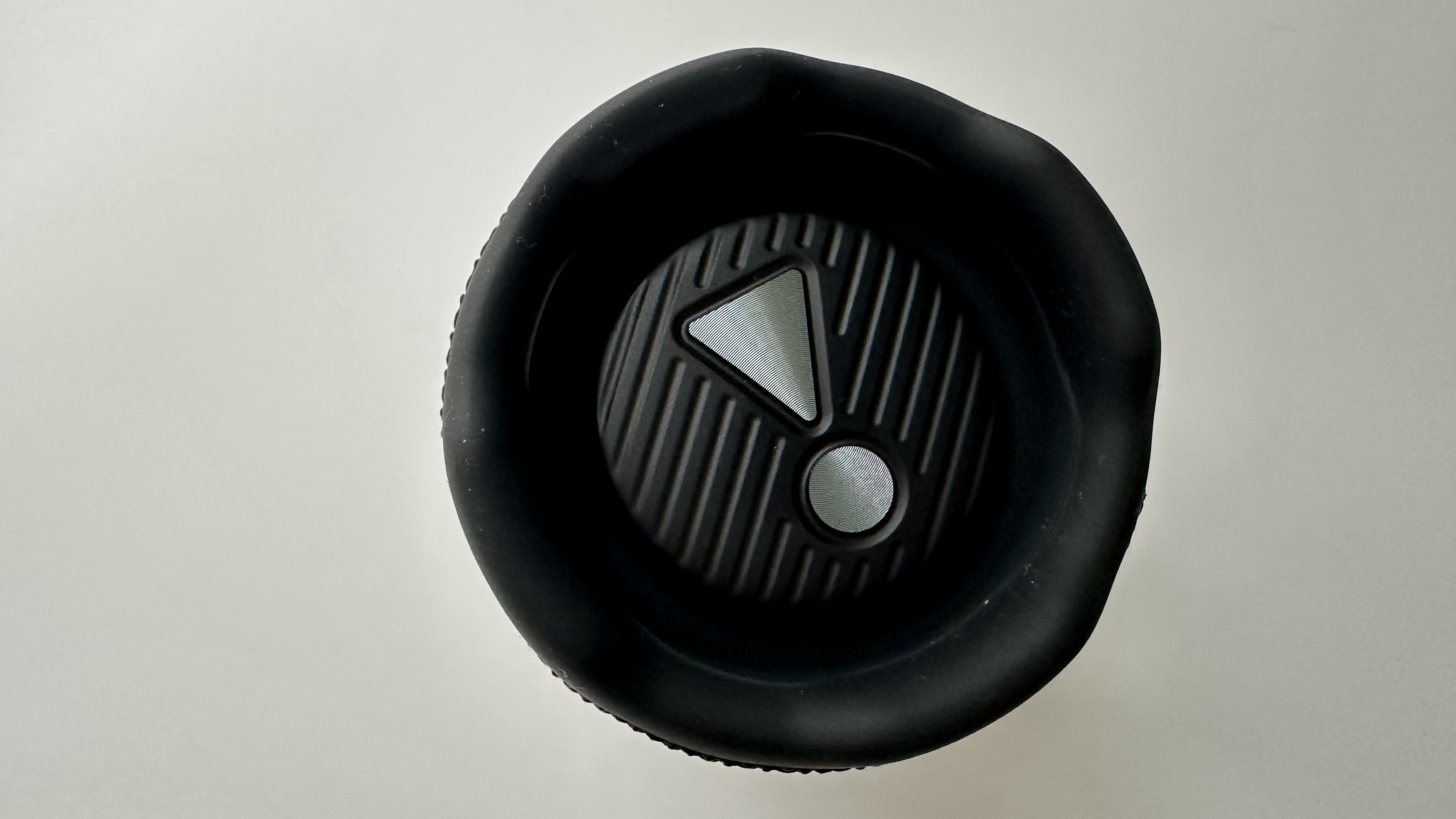
JBL Flip 7 review: Value
If you’ve read this far, I’d hope you understand the JBL Flip 7 is approaching ‘no-brainer’ status. It offers very decent value for money in every respect: it’s properly made and finished, is built to survive fairly major disasters, looks and feels good, and sounds better than any price-comparable alternative. It has some very useful extended functionality and will play for hours at a time before it needs charging.
What else do you want? Jam on it?
- Value score: 5/5
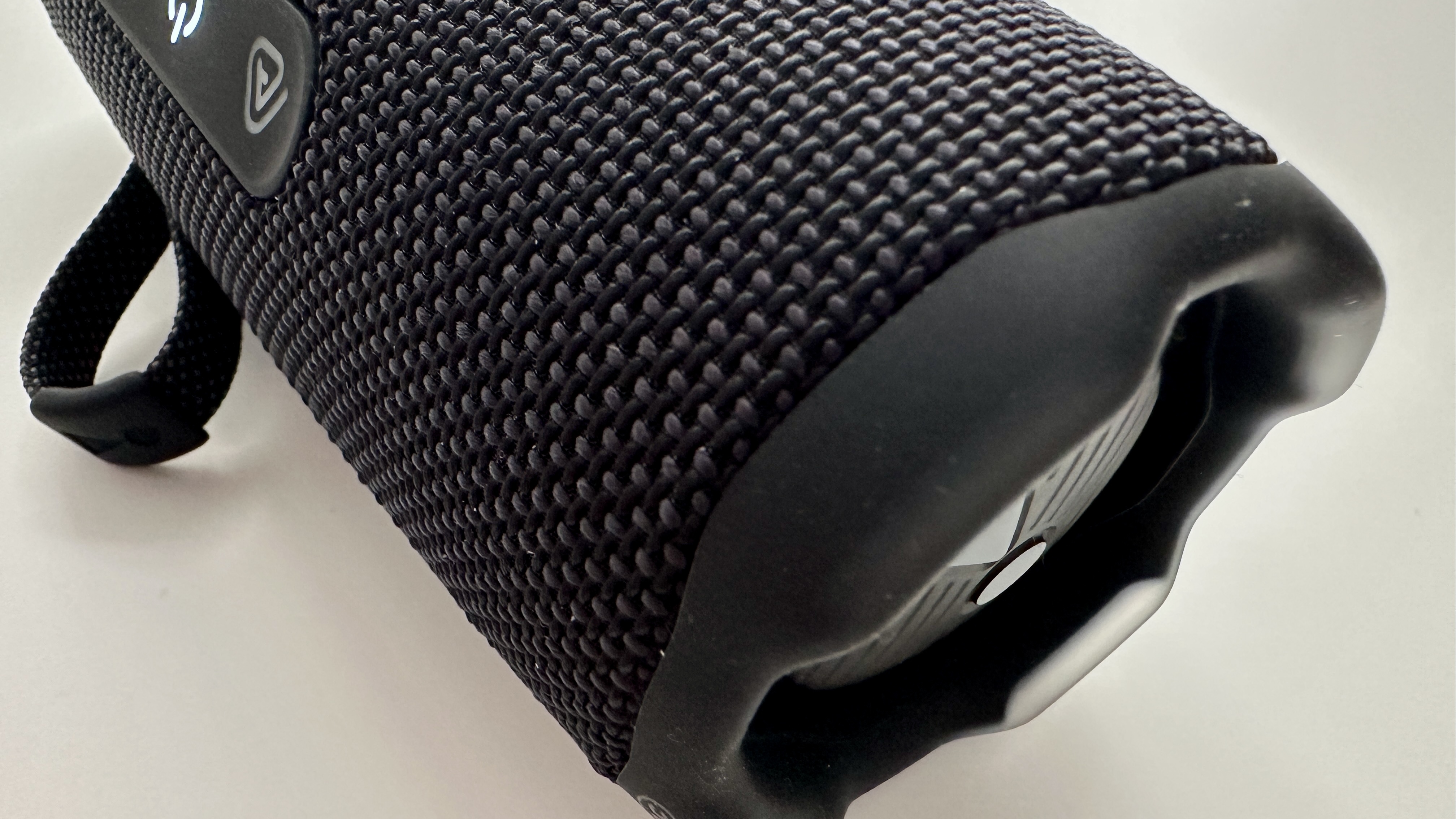
Should I buy the JBL Flip 7?
Attributes | Notes | Rating |
|---|---|---|
Features | A Bluetooth 5.4 speaker with USB-C data transfer and SBC and AAC codecs – very solid | 5/5 |
Design | Comes in seven finishes, looks sleek and is borderline indestructible | 5/5 |
Sound quality | Punchy and direct with startling performance for the price | 5/5 |
Usability and setup | Anyone of reading age could get it working, with a solid app to boot | 5/5 |
Value | Looks, feels and sounds good at a very reasonable cost | 5/5 |
Buy it if…
You enjoy energetic, detailed sound
The JBL is adept where rhythms, dynamics and detail levels are concerned, and it is a lively, entertaining listen at the same time.
You’re in any way careless
A class-leading IP68 rating means the Flip 7 is your best choice in pretty much every circumstance.
You like a long listen
As long as you’re not listening at top volume, the Flip 7 should run for an easy 14 hours between charges. That should be long enough, let’s face it.
Don’t buy it if…
You want to involve your older Flip speakers
Flip 7 will only pair with other Flip 7s, it has no backwards compatibility.
You’re in a hurry
Charging from ‘flat’ to ‘full’ takes a relatively leisurely two-and-a-half hours.
JBL Flip 7 review: Also consider
| Header Cell - Column 0 | JBL Flip 7 | Sonos Roam 2 | Tribit Stormbox Flow |
|---|---|---|---|
Dimensions: | 70mm (H) x 183mm (W) x 72 mm (D) | 168mm (H) x 62mm (W) x 60mm (D) | 53mm (H) x 90mm (W) x 200mm (D) |
Weight: | 560g | 440g | 660g |
Battery life (quoted): | Up to 16 hours | Up to 10 hours | 30 hours (24 hours with XBass enabled) |
Connectivity: | Bluetooth 5.4 with SBC and AAC codecs | Bluetooth 5.3, Wi-Fi, and a USB-C port | Bluetooth 5.3, with AAC and SBC codecs |
Drivers: | 45 x 80mm mid/bass 'racetrack' driver, 16mm tweeter | 1x tweeter, 1x mid-woofer | 25W drivers |
Aux-in: | No (USB-C audio passthrough) | No | No |
Charger port: | USB-C | USB-C | USB-C |
Microphone: | No | No | No |
Waterproof rating: | IP68 | IP67 | IP67 |
Sonos Roam 2
The Sonos Roam owes a lot to the JBL Flip range, and the current Roam 2 costs a chunk more than a Flip 7, but it’s a very good speaker nonetheless. As long as you can live with the knowledge that the Sonos control app might suddenly burst into flames again, it’s well worth considering.
Read more in our Sonos Roam2 review.
Tribit Stormbox Flow
You could also sacrifice some of the JBL’s hardwearing go-anywhere appeal and save yourself a few quid while gaining a stack of battery life and consider the Tribit Stormbox Flow. No, it’s no looker and no, it’s not exactly a featherweight, but the sound is good and 30 hours of playback at a time is straightforwardly impressive.
Read all about it in our Tribit Stormbox Flow review.
How I tested the JBL Flip 7
- Tested for about a week, mainly indoors but also by the sea
- Played a variety of music types
- Listened to the Qobuz app on iPhone smartphone, FiiO M15S high-res audio player and via USB-C
I used the JBL Flip 7 on my desktop, of course, but it’s an ideal candidate for use on the pebbly and windswept beaches around the United Kingdom's south coast too, and so I took it with me whenever I was near the sea.
I wirelessly connected it to an Apple iPhone 14 Pro and a FiiO M15S, and used its new USB-C functionality to hard-wire it to an Apple MacBook Pro, too. It was nothing but a pleasure to listen to every time.
- First reviewed: April 2025

Simon Lucas is a senior editorial professional with deep experience of print/digital publishing and the consumer electronics landscape. Based in Brighton, Simon worked at TechRadar's sister site What HiFi? for a number of years, as both a features editor and a digital editor, before embarking on a career in freelance consultancy, content creation, and journalism for some of the biggest brands and publications in the world.
With enormous expertise in all things home entertainment, Simon reviews everything from turntables to soundbars for TechRadar, and also likes to dip his toes into longform features and buying guides. His bylines include GQ, The Guardian, Hi-Fi+, Metro, The Observer, Pocket Lint, Shortlist, Stuff T3, Tom's Guide, Trusted Reviews, and more.
You must confirm your public display name before commenting
Please logout and then login again, you will then be prompted to enter your display name.
